FAQ About CNC – Can It Do What the Modern Machine Shop Needs?
To find out what kind of questions would-be buyers of CNC shop equipment typically ask when looking at CNC equipment, we interviewed the people who make such equipment as well as some shop owners who have bought CNC equipment.
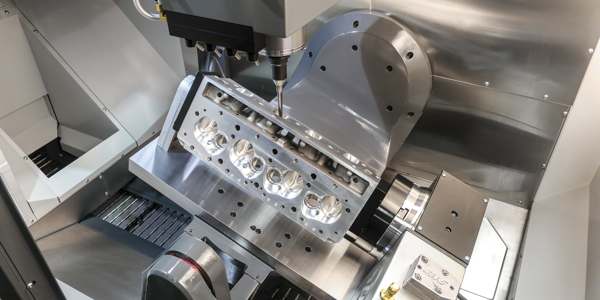
Racing Rods – Engine Builders Have Options
Choosing a set of connecting rods is one of the critical steps in a performance engine build. The rods have to be strong enough to handle the anticipated speeds and loads, but also affordable for customers who have a limited budget. Most stock rods in late model engines can safely handle 400 to 500 horsepower.
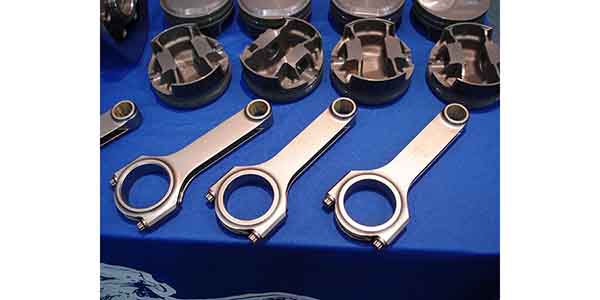
High Performance Engine Bearings
Building a high performance engine is always an adventure. You never know how much horsepower and torque an engine will make until it’s on the dyno. And you never know how well the engine will hold up until it is put to the test on the strip, race track, street or water. The bearings that
Valves and Valve Seats – There’s More than Meets the Eye
The valves and seats in an internal combustion engine play a central role in engine breathing, compression, performance and longevity. It doesn’t matter if an engine has two, three, four or even five valves per cylinder or if the engine is gas or diesel because the valves all do the same thing: they open and close to allow air into the cylinders and exhaust to exit the cylinders.
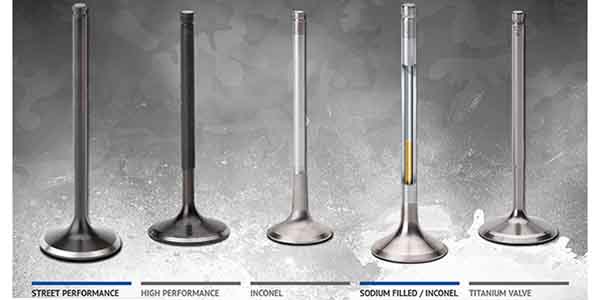
Understanding How To Tune Carburetors
An engine only runs as well as it is tuned. You can build a killer motor using all the best parts and machine and assemble everything with the utmost care, but if it’s a carbureted engine and the carburetor isn’t setup or tuned right your killer engine may never live up to its full potential.
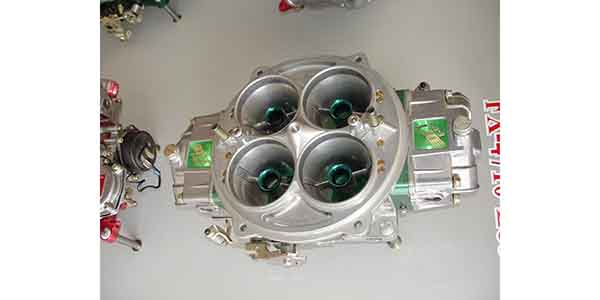
Engine Parts Cracks – How to Fix
One of the essential elements of engine building is making sure heads, blocks, main bearing caps, crankshafts, connecting rods, pistons, cams, timing gears, rocker arms, and flywheels are free from cracks. If you’re doing a complete engine build, checking the intake and exhaust manifolds for cracks is also a good idea – and that includes
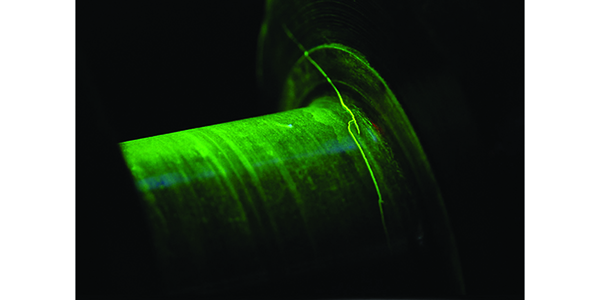
Cylinder Head Design & Selection
Choosing the “right” cylinder heads for an engine build can make all the difference in an engine that delivers and one that falls short of its potential. Horsepower, torque and throttle response all depend on how well the cylinder heads, camshaft and induction system work together. Choose the right combination and you’ll build a winner.
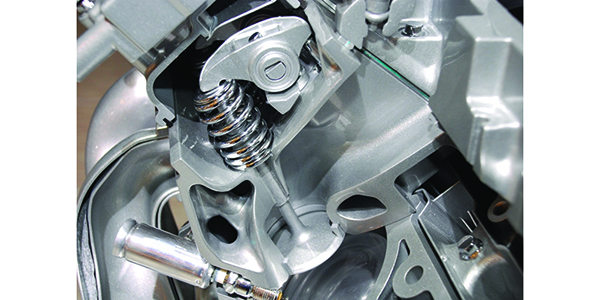
Racing Spark Plugs
Choosing a set of racing spark plugs for a particular application is not as easy as it sounds because the plugs have to be closely matched to the application. Stock plugs are fine for stock applications and ordinary driving conditions. But when an engine is modified to make more power and is run under racing
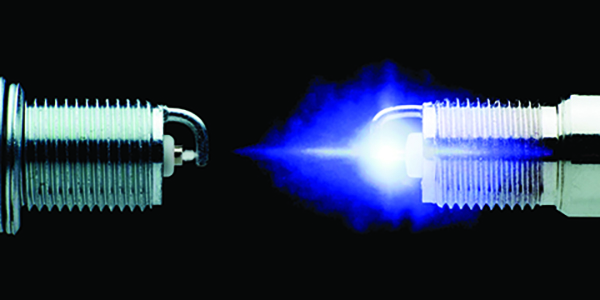
Wet & Dry Sump Oiling Systems – Choosing the Right System for the Right Job
If you are building a customer’s “dream engine” what type of oiling system should you use? The answer to that question will depend on the application (street, drag, circle track, road race, off-road or marine), engine RPM and how much your customer is willing to invest in a lubrication system. Your choices may also be
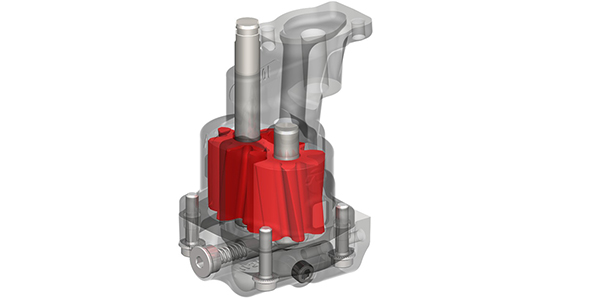
AFTERMARKET DIESEL INNOVATIONS – Evolutionary, Revolutionary or Illegal?
Diesel technology has come a long way, evolving from smelly, dirty, slow, workhorse engines to clean-burning, high-torque, high-horsepower engines that can give many gasoline engines a run for the money on a drag strip or race track. Diesels aren’t just for towing or pulling anymore, they’re finding a niche in all kinds of performance applications
UNDERSTANDING ROD RATIOS
Performance engine builders are always looking at changes they can make that will give their engine an edge over the competition. Rod ratio is one of those factors that may make a difference. Changing the length of the rods with respect to the stroke of the crankshaft offers some advantages in certain situations, and may
Timing Chains, Gear Sets and Belt Drives
The short answer to which type of cam drive is best depends on the application, what your customer wants and how much they can afford to spend. A stock link style timing chain is fine for everyday driving and normal use. “Silent tooth” link chains are quiet, long-lived and adequate for stock cams and valve
